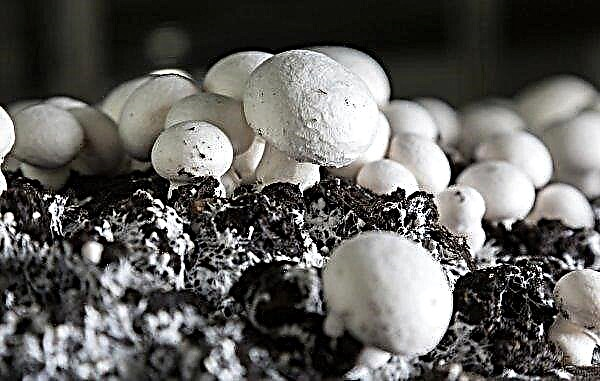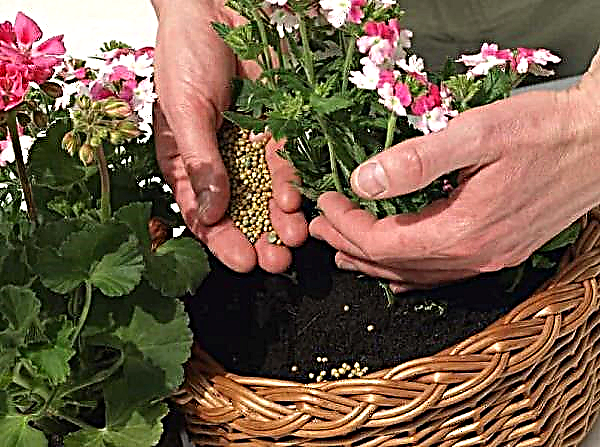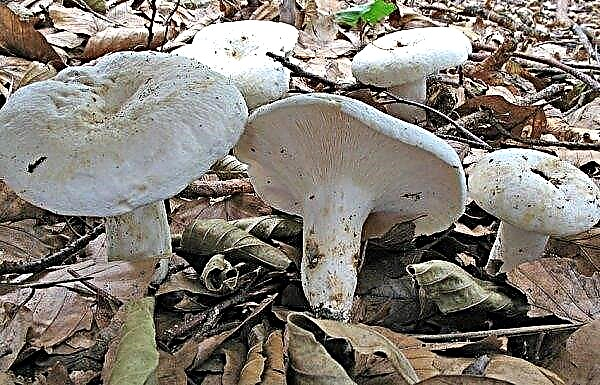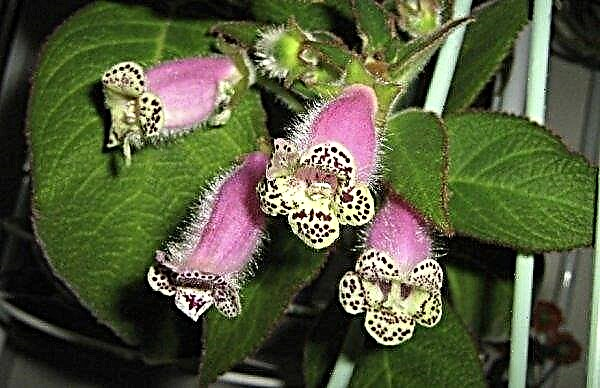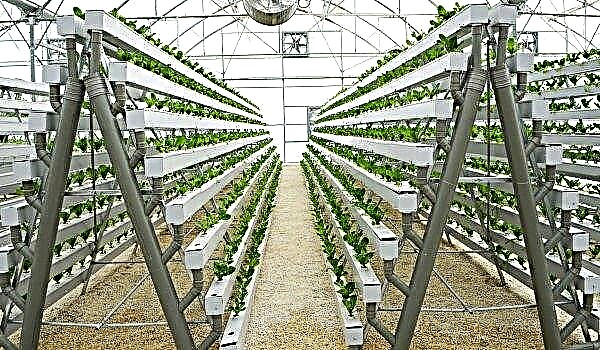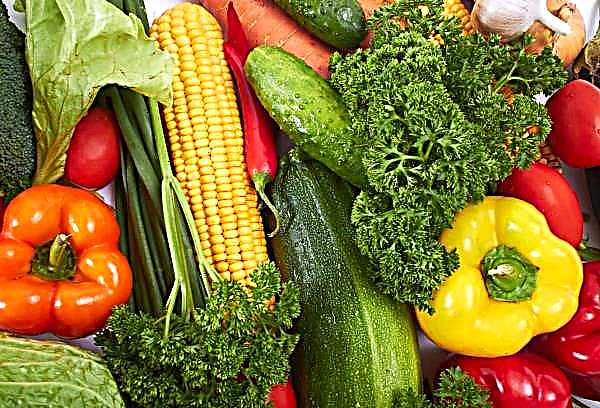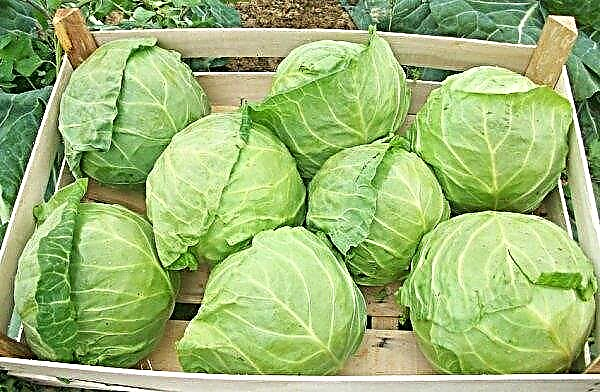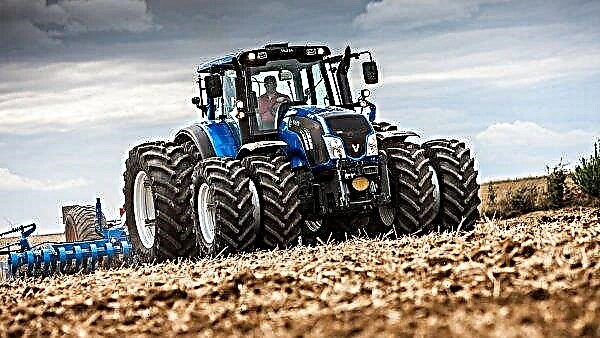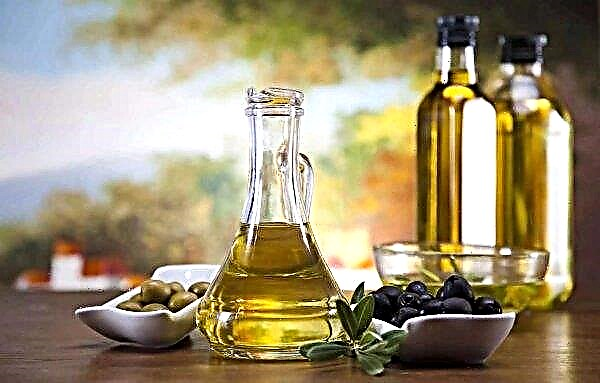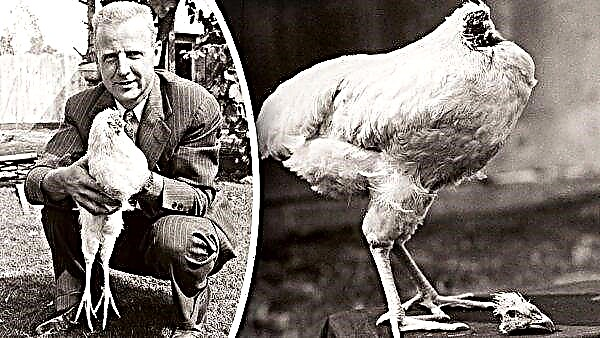Many people like pickles, but not every housewife is able to cook this dish correctly. Often vegetables are soft, not crispy enough, or, most unpleasantly, empty inside. The reasons for the appearance of voids in the middle of the cucumbers, as well as how to avoid this problem, will be discussed in the review.
Why cucumbers become empty during salting: reasons
The appearance of voids in pickles is often due to two reasons:
- Poor quality raw materials.
- Mistakes made during salting.
Incorrect post-harvest actions
Not all cucumbers are equally suitable for pickling. There are varieties and hybrids that are intended only for fresh consumption. These are ultra-early, not having time to accumulate a sufficient amount of sugar and other nutrients, as well as varieties with large and loose fruits. But even a correctly selected variety does not guarantee success if the salting technology is not followed.

Using Overripe Fruits
Many summer residents, having gathered a crop of cucumbers, try to select the smallest, sweetest and more elastic fruits for salad preparation, while less attractive specimens are left for pickling and pickling. This classic mistake leads to pickled cucumbers being soft and empty inside.
For salting, it is recommended to use gherkins or Zelentsy of small sizes with underdeveloped seeds and a small seed chamber. Fruits take away firm and elastic.
Sugar in cucumber pulp not only determines the final taste of the finished product, but is an important ingredient in the salting process. The fact is that the fermentation of fruits occurs under the influence of two types of microorganisms - lactic acid bacteria and alcohol-forming yeast.Important! The quality of pickles is directly proportional to the sugar content in the fruits and inversely proportional to the amount of fiber. The smaller the fruit, the sweeter it is and the less fiber it contains.
It is sugar that is a breeding ground for the work of lactic acid bacteria and stimulates the production of lactic acid. If the sugar content in the cucumbers is less than 2%, the chemical process of salting will not proceed correctly, the finished product will turn out to be sluggish, empty inside, wrinkled and not so tasty. Another advantage of small fruits over large ones is minimal weight loss during long-term storage.

Long-term storage
Another important condition for successful salting of cucumbers is the use of fresh products. With each day of storage, the nutritional value and taste of the fruit are lost, but for cucumbers this is really critical: these fruits spoil quickly, and it is impossible to extend their “life” in any way - not on the bush, not in the refrigerator, or at room temperature.
The permissible period from the time of harvest to the start of the pickling process is 24 hours, and during this time the fruits should be in a cool room with good ventilation and not in plastic bags.Did you know? Napoleon Bonaparte promised a quarter of a million dollars the one who invents a method of long-term storage of cucumbers to include fruits in the rations of soldiers and eat during the campaigns. Despite the size of the prize, no one could solve the task.
The sooner the harvested vegetables are packaged in jars or barrels and filled with pickle with herbs, the more dense and crunchy they will be after salting.

Long cooking process
Souring (salting) vegetables is a complex process that takes place in three stages:
- The beginning of metabolic processes between brine and plant tissue, characterized in that the fetus accumulates salt in itself, and the brine absorbs sugar and other nutrients from the cucumber. As a result, lactic acid bacteria and yeast multiply rapidly in brine.
- The active stage of fermentation, accompanied by the production of lactic acid and alcohol.
- After the sugar contained in the fruit is completely processed (fermented) by lactic acid bacteria and yeast, the fermentation process stops and is fixed.
Did you know? It is believed that attempts to pickle cucumbers began immediately, as soon as this vegetable was cultivated (more than 4000 years ago). The first experiments were carried out by the inhabitants of Mesopotamia and India, and the ancient Romans came up with canned vegetables using vinegar, which is why they are rightfully considered the authors of the oldest recipe for pickled cucumbers.
A jar or barrel with correctly salted cucumbers should contain:
- salts - 3-5%;
- lactic acid - 0.6–1.4%;
- brine - 35–47%.

To speed up the metabolic process and at the same time prevent the development of dangerous microorganisms, the first day or two after adding brine to a jar or barrel, it is recommended to keep such a container warm (+ 15 ... + 20 ° C, but the warmer it is in the room, the more important it is that the cucumbers and remove them in the cold on time or roll them up).
The main fermentation, on the contrary, should proceed slowly, in this case, the right balance of taste is ensured and a product suitable for long-term storage is obtained.
If the fermentation is too fast, this means that unacceptably much yeast and bacteria that produce gas in the course of their life are formed in the brine. It is for this reason that voids can form in cucumbers - they are nothing more than gas that has fallen into the fetus and inflated it. Thin-skinned cucumber varieties are most damaged by excess gas.Important! Salting of cucumbers in barrels should take place in a cellar or a cold basement and last 1-2 months, depending on the initial temperature.
In addition to the prolonged process of keeping the container in heat, intense gas formation can occur due to the fact that insufficient salt is added to the brine, therefore, compliance with the recipe in the process of fermenting cucumbers is mandatory.
Possible mistakes when growing
So that cucumbers do not swell during the salting process, it is also necessary to adhere to the agrotechnical rules to which the vegetable is sensitive.
Irrigation
Experienced gardeners know: lack of moisture in the soil or in the air leads to the formation of hollow cucumbers on the bush. This vegetable needs warmth and high humidity.
High-yielding varieties and hybrids need watering especially, and the amount of moisture per bush at the stage of abundant fruiting should be increased by 2-3 times compared with that used at the beginning of the growing season.Did you know? The English name for the cucumber - “cucumber” - is associated with the cucurbitacin glycoside contained in the vegetable, which gives bitterness to the fruit. The substance reaches its maximum concentration with a combination of two unfavorable factors for the vegetable: an abundance of hot sunlight and a lack of humidity.
When watering the garden, it is important:
- Make sure that drops of water do not remain on the leaves during daylight hours, otherwise sunburn will quickly destroy the plant.
- Water can not be poured directly under the root, so it is easy to damage, because the root system of cucumbers is not deep from the surface of the earth.
- Do not water the garden with cold water, especially if its temperature contrasts strongly with air. When cooling, watering is reduced.
After each watering, the soil on the bed must be loosened or mulch should be used, which will allow moisture to be stored longer. The best way to irrigate cucumbers is by drip irrigation, it solves many problems, including water overruns, its inappropriate temperature, sunburn, or damage to the root system.

Incorrect fertilizer application
For development, a cucumber needs a soil rich in organic matter, as well as a set of minerals, including:
- potassium;
- phosphorus;
- nitrogen;
- calcium;
- manganese;
- magnesium;
- iron;
- molybdenum;
- copper;
- boron;
- zinc.
In some cases, hollow fruits do not arise due to a lack of minerals in the soil, but, on the contrary, due to an excess of some of them. First of all, this applies to nitrogen in the form of ammonium salts (they are present in most organic fertilizers, especially in fresh manure, as well as urea and other widely used additives). If you overfeed the bush with such substances, it will grow lush and dense, but the fruits will form loose and hollow.Important! Violation of the salt balance in the soil makes it difficult to absorb moisture in the root system of the plant, thus, the same effect occurs as with insufficient watering - drying of the fruits from the inside.
Therefore, when growing cucumbers should be guided by the standard rule: Organic matter and nitrogen fertilizers are applied to the soil before planting and then, in small quantities, in the early stages of bush formation. By the beginning of fruiting, emphasis is placed on potash and phosphorus fertilizers, as well as on the trace elements listed above.

Problem soil
Properly selected soil for cucumbers must meet the following requirements:
- ease;
- friability;
- high moisture and air permeability;
- neutral acidity (pH in the range of 6.4–7);
- high content of humus and other organics.
Temperature changes
Cucumber is a heat-loving culture, and at a temperature below + 13 ° C it cannot develop. The optimal temperature regime for the plant depends on the phase of vegetation and is:
| Development period | Daytime temperature | Night temperature |
| Vegetative growth | + 25 ... + 27 ° С | + 23 ... + 26 ° С |
| Fruiting period | + 20 ... + 22 ° С | + 18 ... + 20 ° С |
It is important that the daily and seasonal temperature fluctuations are not sharp (do not exceed 3-5 degrees). Such differences are especially critical during the laying of fruits.
Important! The stronger the difference between day and night temperature, the faster the vegetative growth of the bush occurs, the leaves of the plant are larger, the quantity and quality of the fruits are lower.
What to do and how to avoid the problem?
Since the quality of pickles depends on the raw materials, the hostess needs to learn how to choose the right variety for pickling. Of the most famous varieties for salting, Nezhinsky, Berlizovsky, Vyaznikovsky, Graceful, Dolzhik are suitable, from hybrids - Dragonfly, Makar, Okhotny Ryad, Hit of the Season, Buyan, Petrel, Green Wave, Maryina Grove, Puchkovy splendor.
It is even better to use Dutch hybrids for these purposes, such as:
- Angelina F1;
- Athena F1;
- Ajax F1;
- Bettina F1;
- Björn F1;
- Gambit F1;
- Hector F1;
- Herman F1;
- Dolomite F1;
- Claudia F1;
- Lord F1;
- Marinda F1;
- Meringue F1;
- Pasadena F1;
- Pioneer F1;
- Regina F1;
- Santana F1;
- Satin F1;
- Ceres F1;
- Ekol F1 and others.
Fruits intended for salting must be carefully sorted, discarding overripe, rotten, wrinkled, and damaged ones. When using products of one's own crop, one should not try to accumulate the right amount of cucumbers, it is better to ferment the fruits in small containers, but do it immediately after removing the fruits from the bush.
The secret, which will help prevent bloating of greens in the fermentation process, involves adding a small amount (not more than 1 ml per 1 liter of water) of sorbic acid to the brine. This natural preservative, also known as the E200 food supplement, is available at the pharmacy. Sorbic acid will stop the development of gas-forming yeast, while the formation of lactic acid bacteria will not be slowed down.
Finally, to ensure the correct course of the chemical processes accompanying salting, it is important to choose the right container. The larger the container in which the crop is poured with brine is placed, the greater the load on each fruit, and therefore, less likely to keep it tight and elastic.Important! Some housewives recommend piercing cucumbers before pickling, assuring that in this case the fruits do not swell and do not form voids inside.
It has been noticed that more often large cucumbers turn out to be salted under industrial conditions using containers with a volume of 200 l or more. Housewives salting vegetables in 2-3 liter glass jars are less likely to encounter such a problem.
Having your own cellar and the ability to ferment vegetables in a barrel is a great advantage, but it is better to pick up barrels with a capacity of 50 liters, and with significant yields - no more than 150 liters.
Delicious pickles must be firm and crispy. If voids are present in the pulp, this means that mistakes were made during the cultivation, collection, storage or preparation of the fruit. The ability to timely identify and eliminate them is a skill that any housewife needs to acquire.

